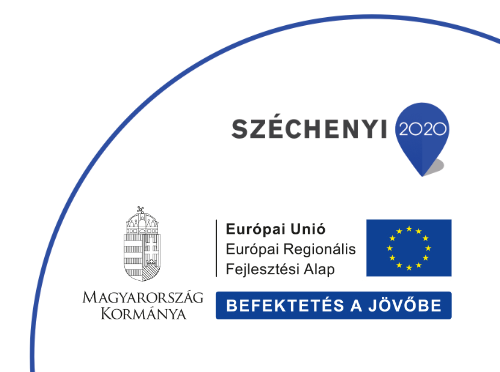The second Hungarian Club of the academic year 2021/22 took place outside the walls of the university in a unique way. The students and the Hungarian as a foreign language teachers visited the Szentendre Skanzen to learn more about Hungarian culture and the traditional lifestyle of the 19th and 20th centuries.
They explored the Kisalföld region with its authentic adobe houses and chambers, the Jánossomorja Convent Chapel, the Újkeri Bell Tower, and learned about the process of making gingerbread decorated with beautiful Hungarian folk motifs, as well as the tools used for candle making.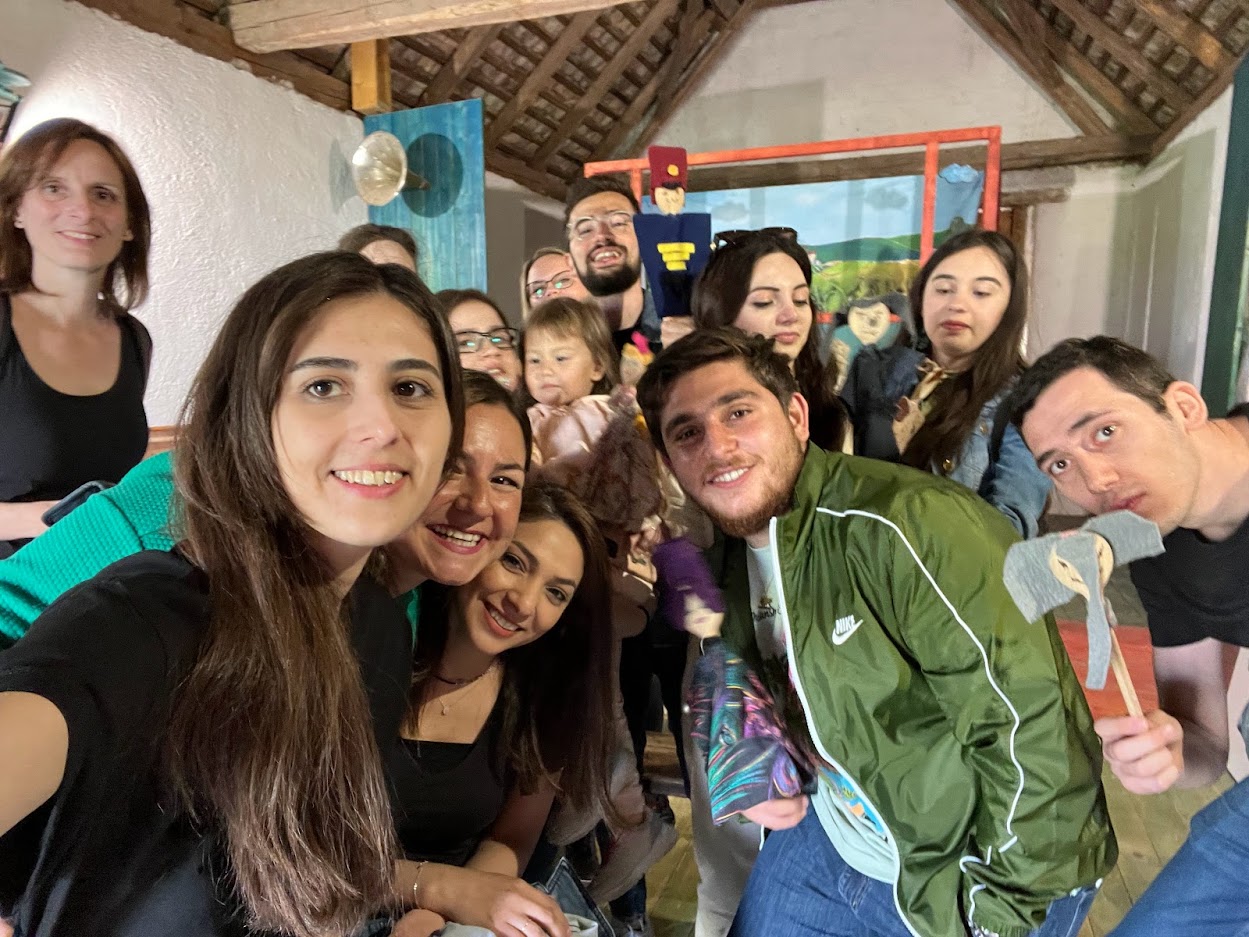
They also visited the carriage exhibition in this part of the landscape, where they got to know the tools that were used in the past to transport people and goods, such as carts and horse-drawn carriages. The students found it interesting that the word "coach" actually comes from the place name "Kocs", where it was invented, and were surprised to learn that this word also appears in similar forms in other Western languages.
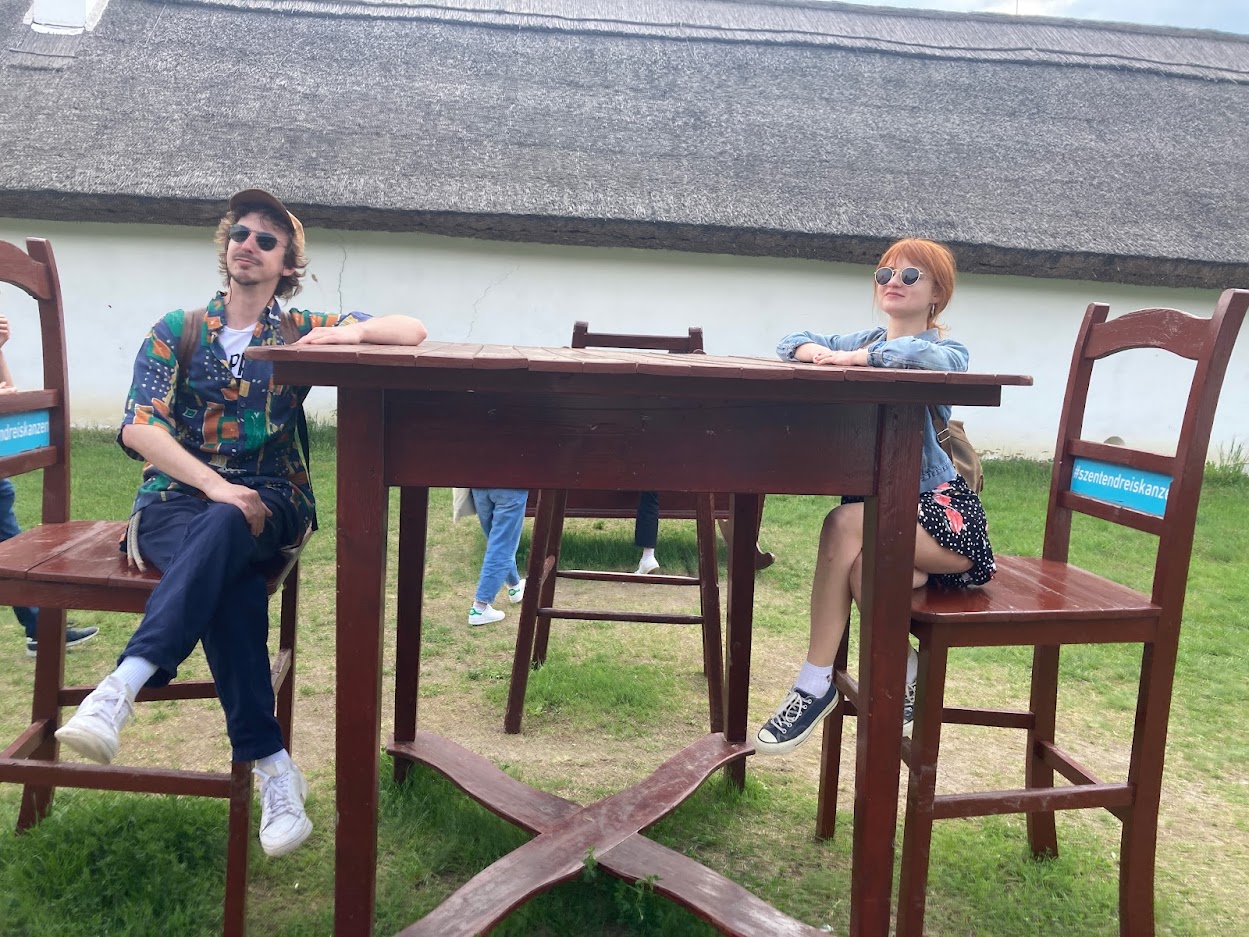
The next destination was the West Transdanubian region, where they visited an old temporary school and the forge of Szentgyörgyvölgy. They also tasted homemade elderberry syrup at the home of a lovely old lady in one of the houses, which everyone enjoyed after all the walking.
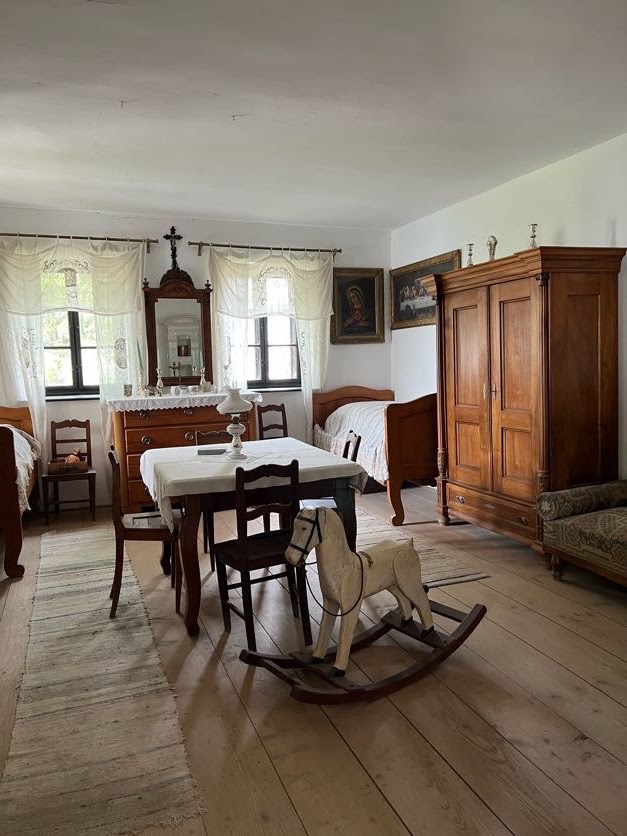
Afterwards they went on a guided tour of the Great Plain to discover the world of the field towns. Here, the students were introduced to cultural heritage such as the technique of blue painting and the art of leather making in the Baja embroidery workshop.
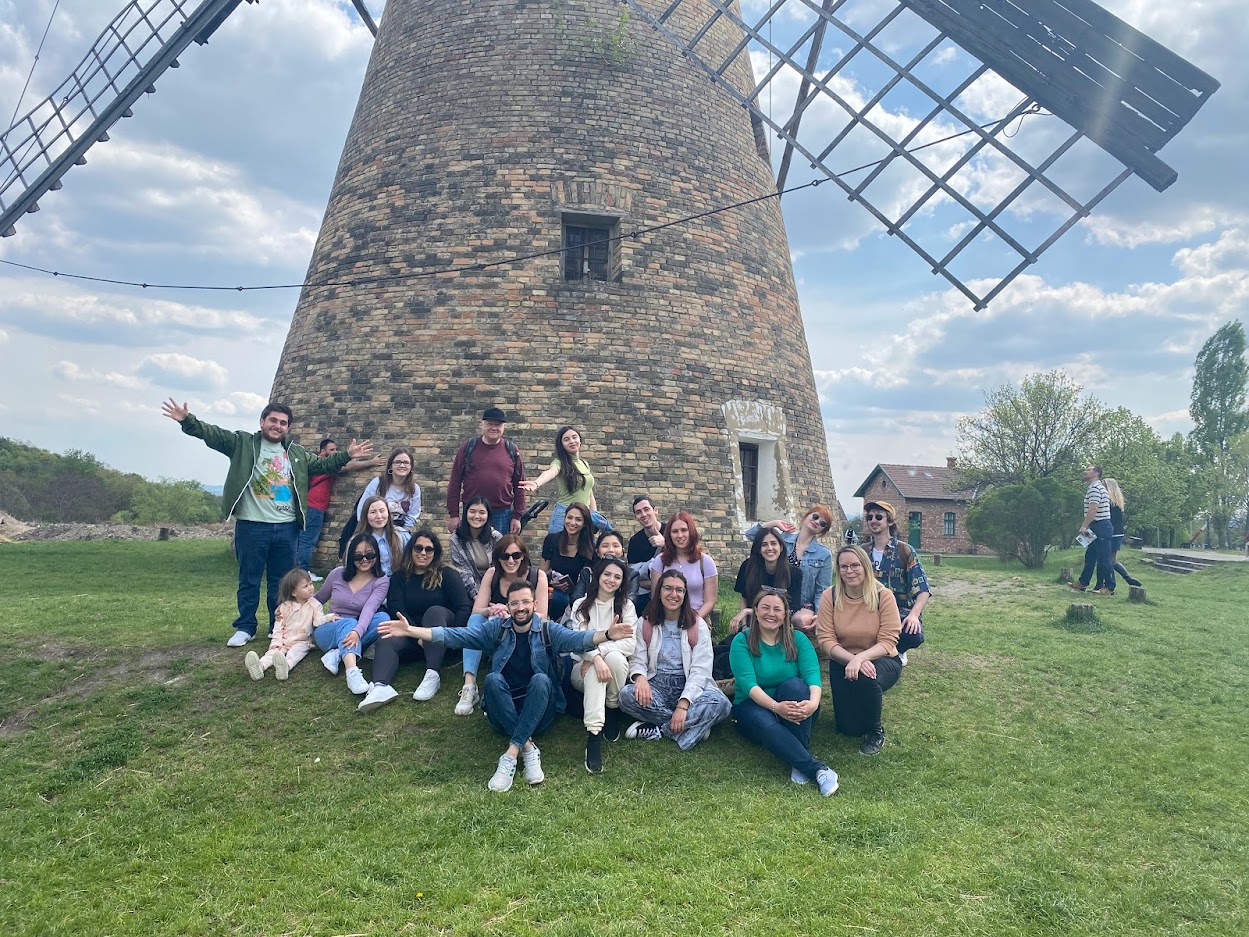
Finally, they visited the windmill in Dusnok and its adjoining animal farm, where they had the chance to pet and feed many other farm animals, including the unique Hungaricum racka sheep and the herding and livestock guarding dog, called puli. This part was very popular among everyone, the students learned a lot of new words related to the old village life and got closer to the old Hungarian culture by many interactive activities. We do hope to have the opportunity to visit the skanzen again!


